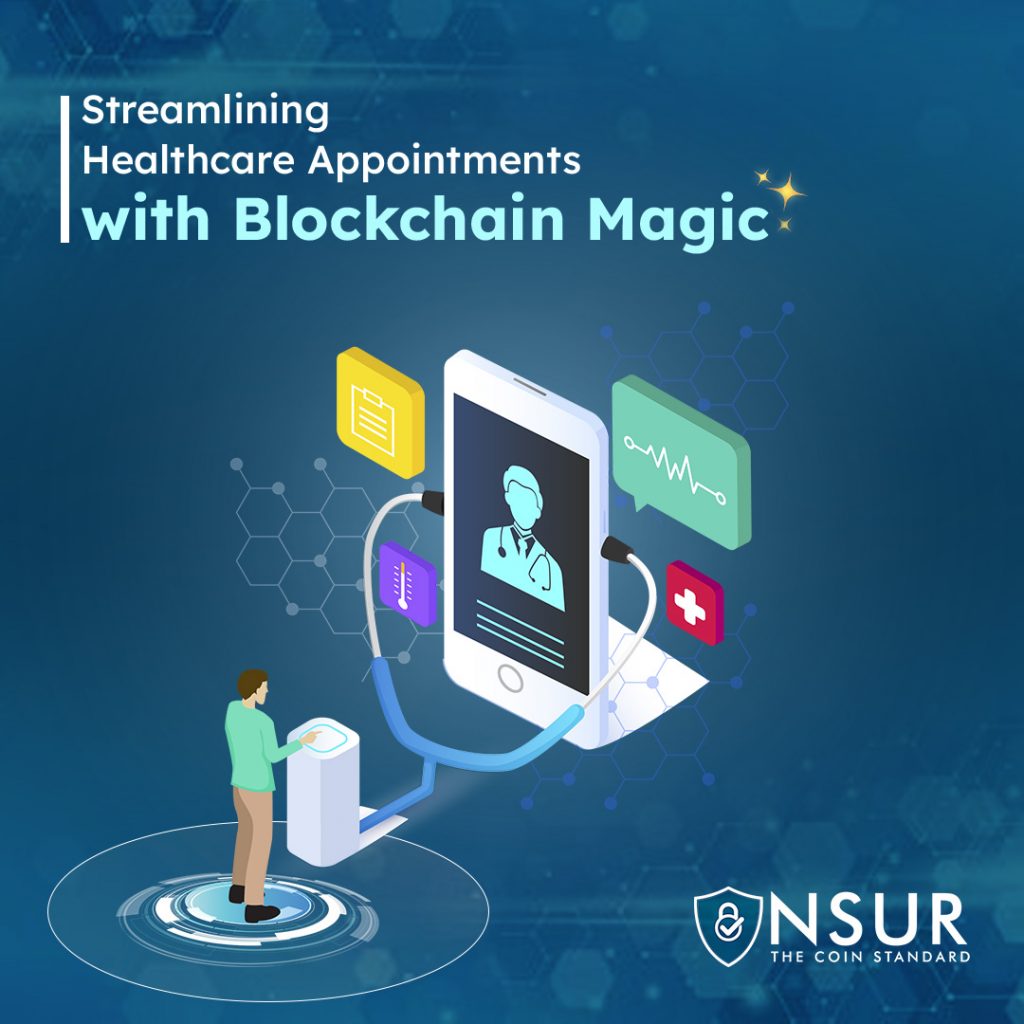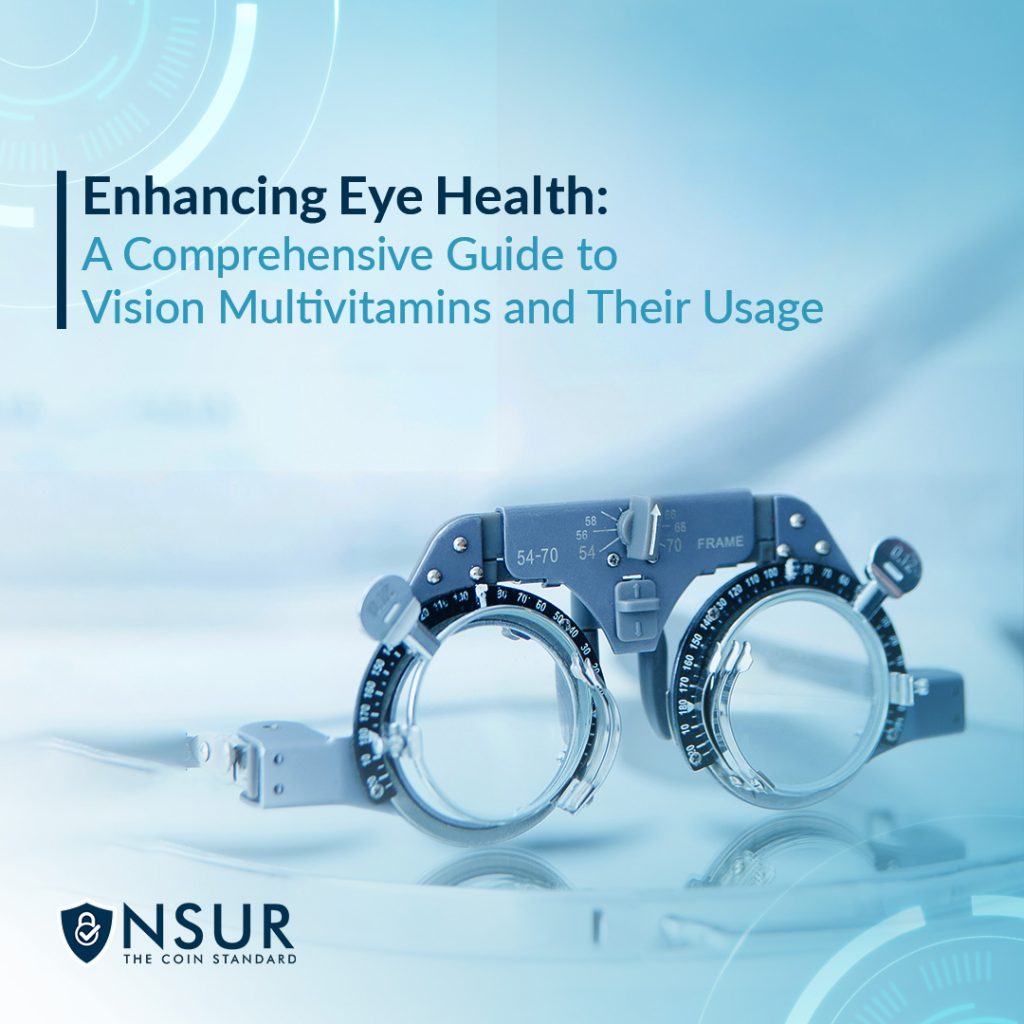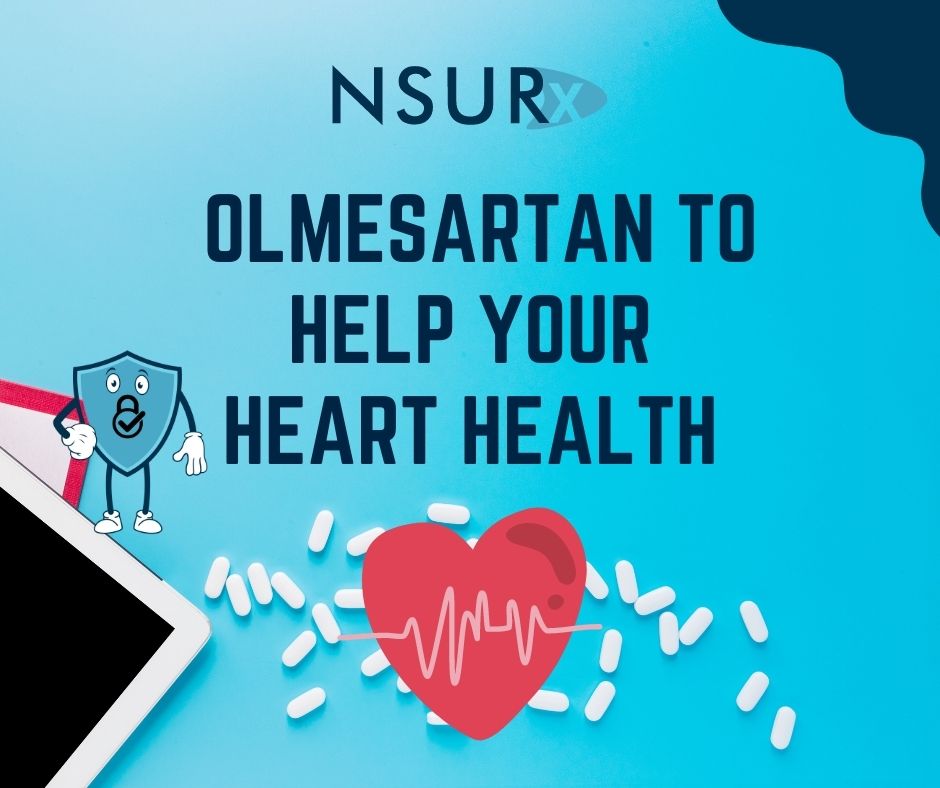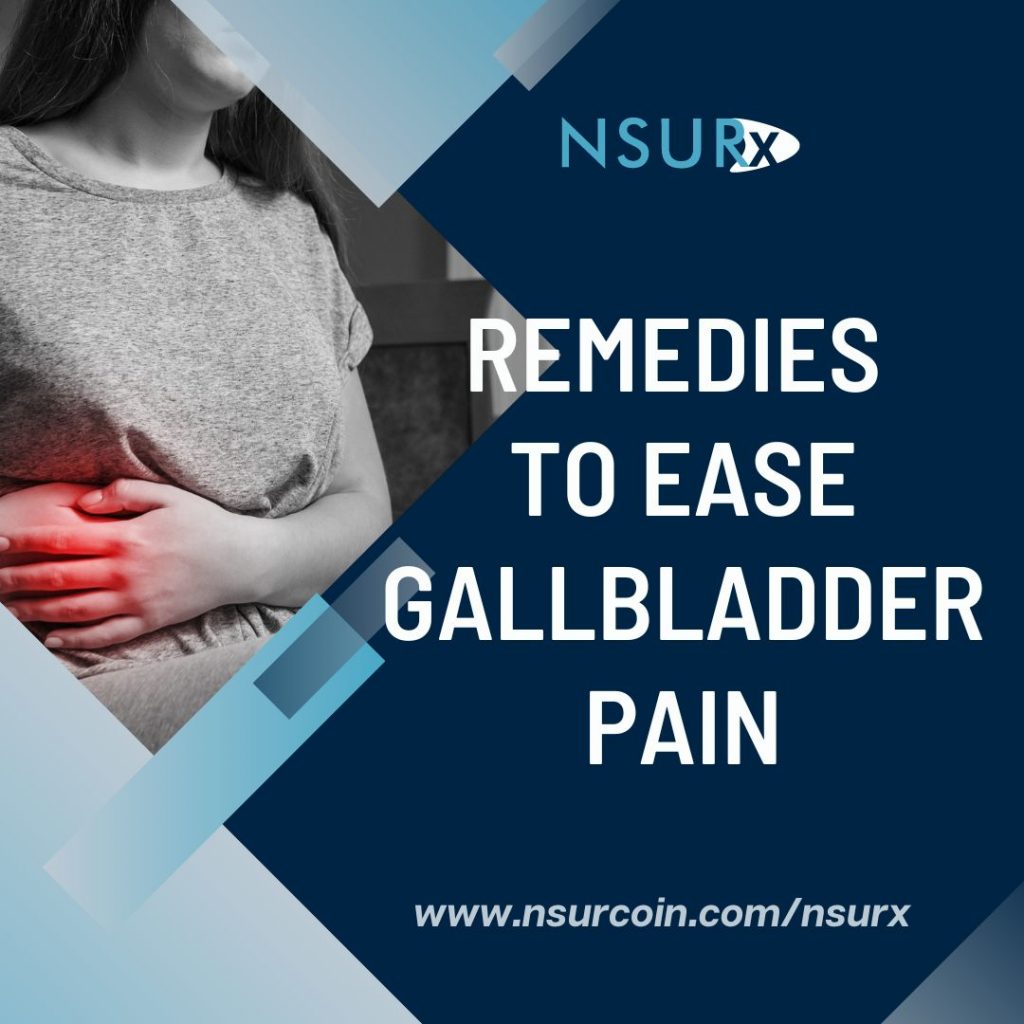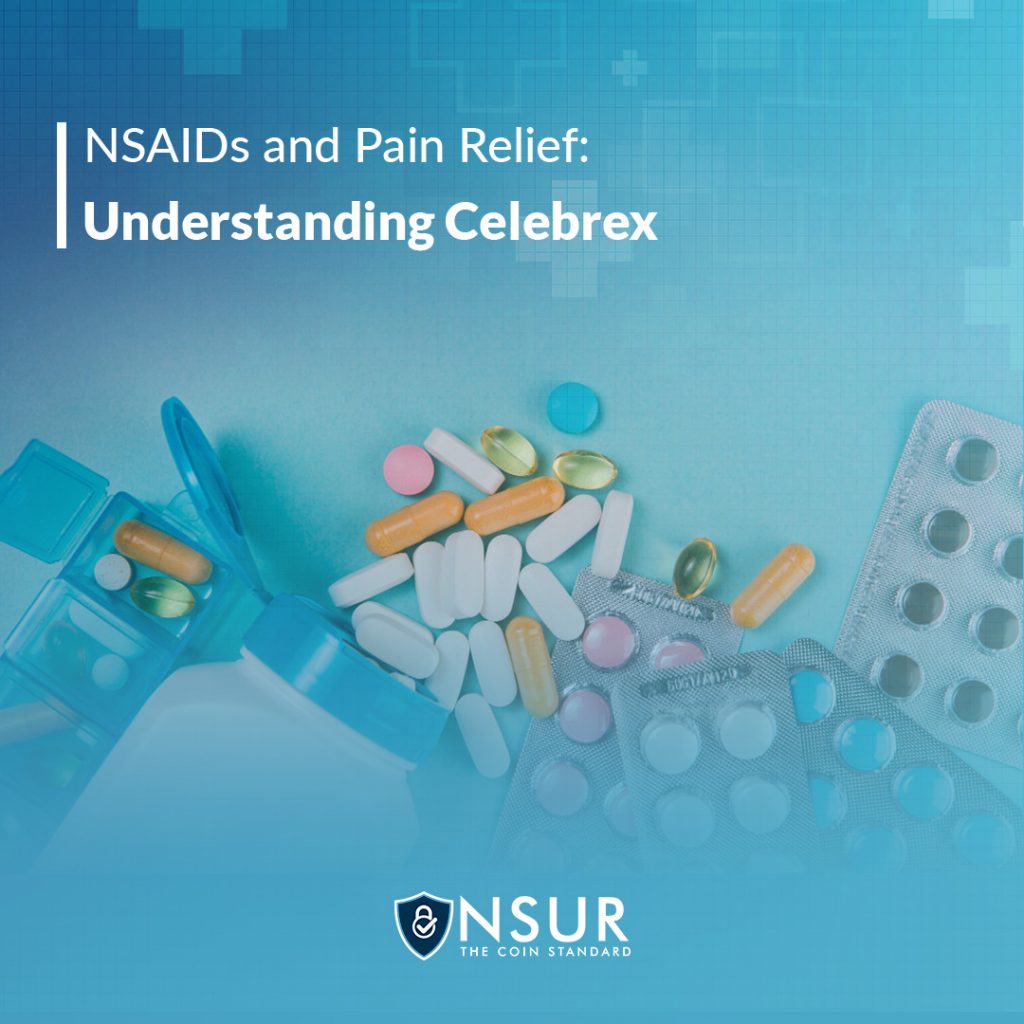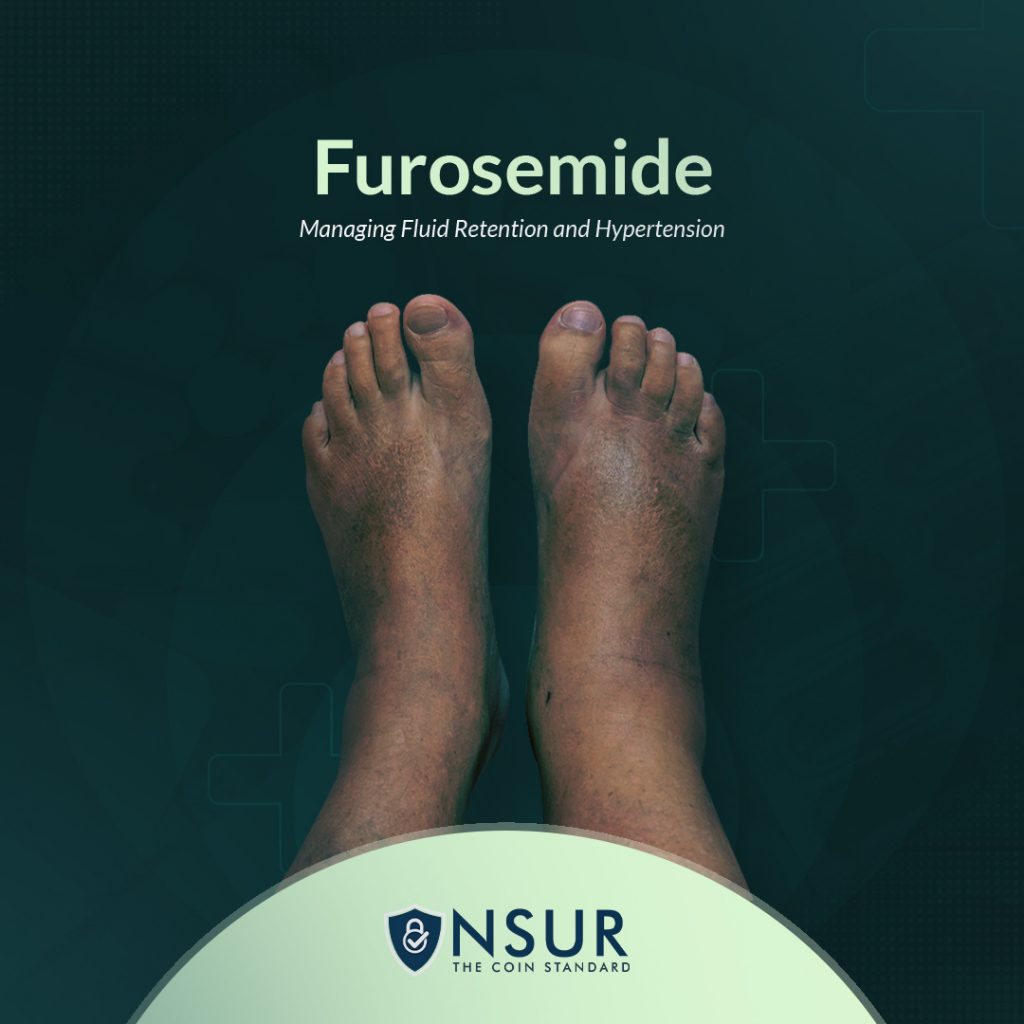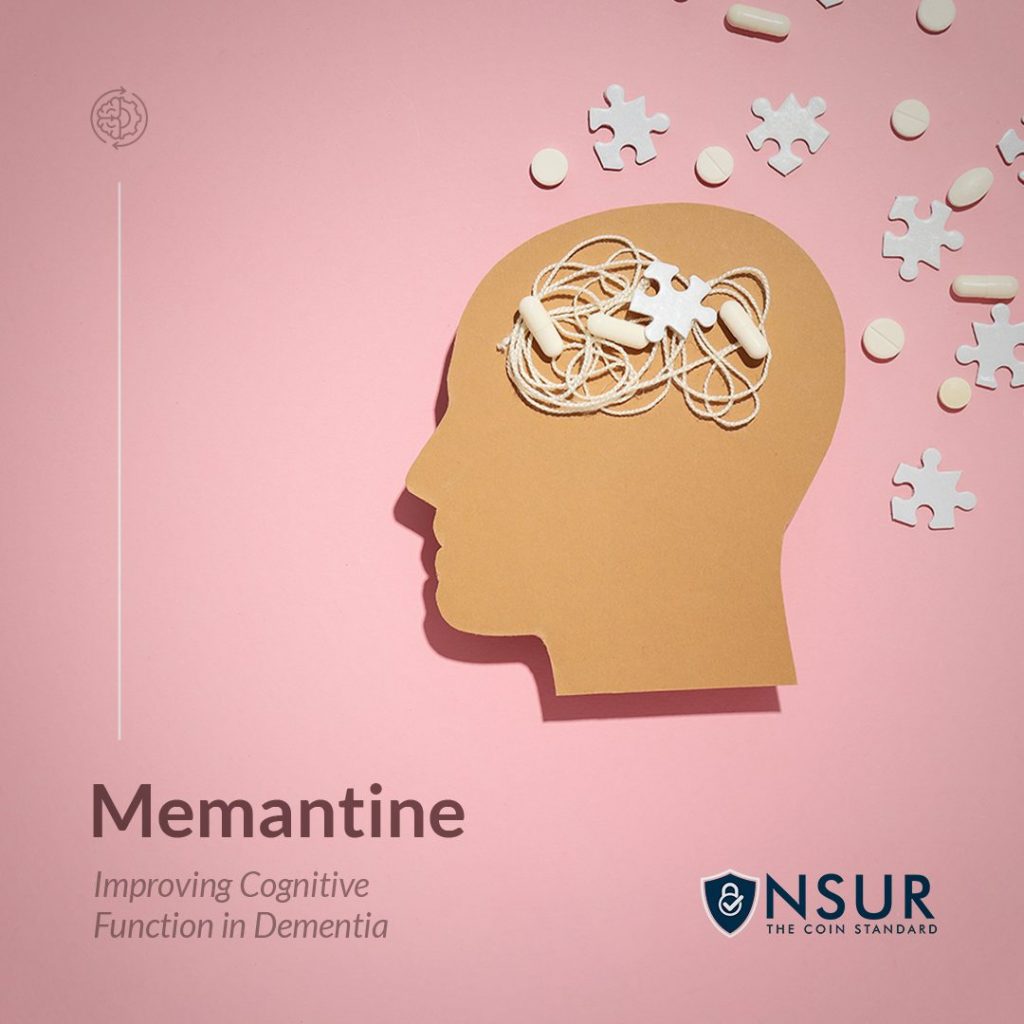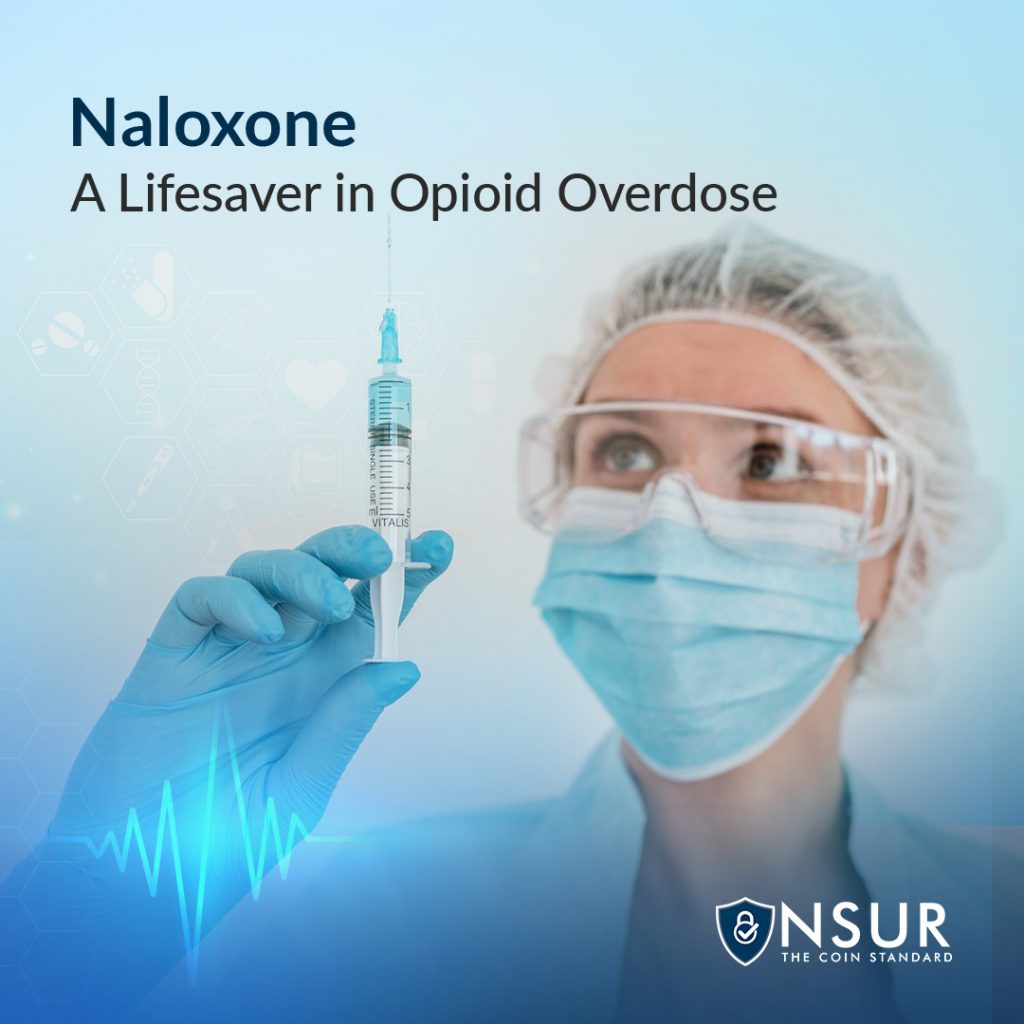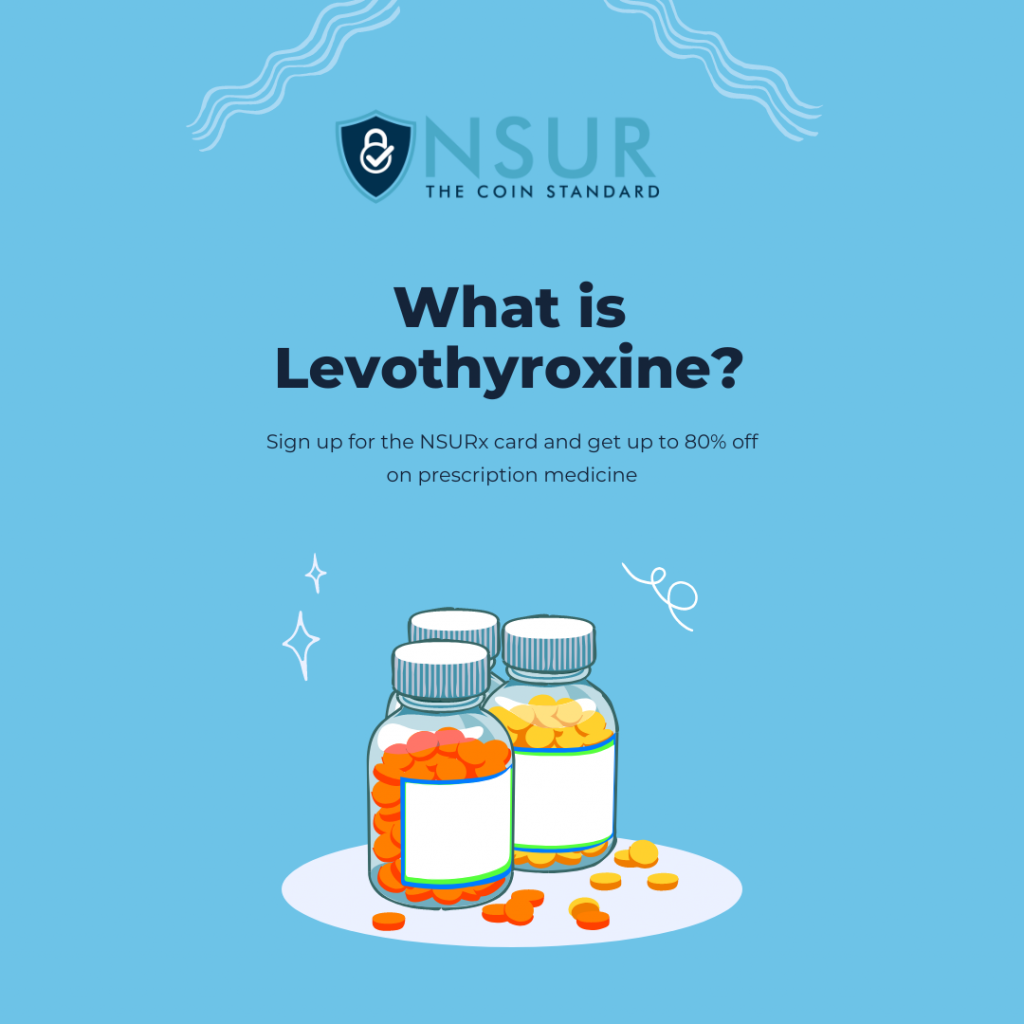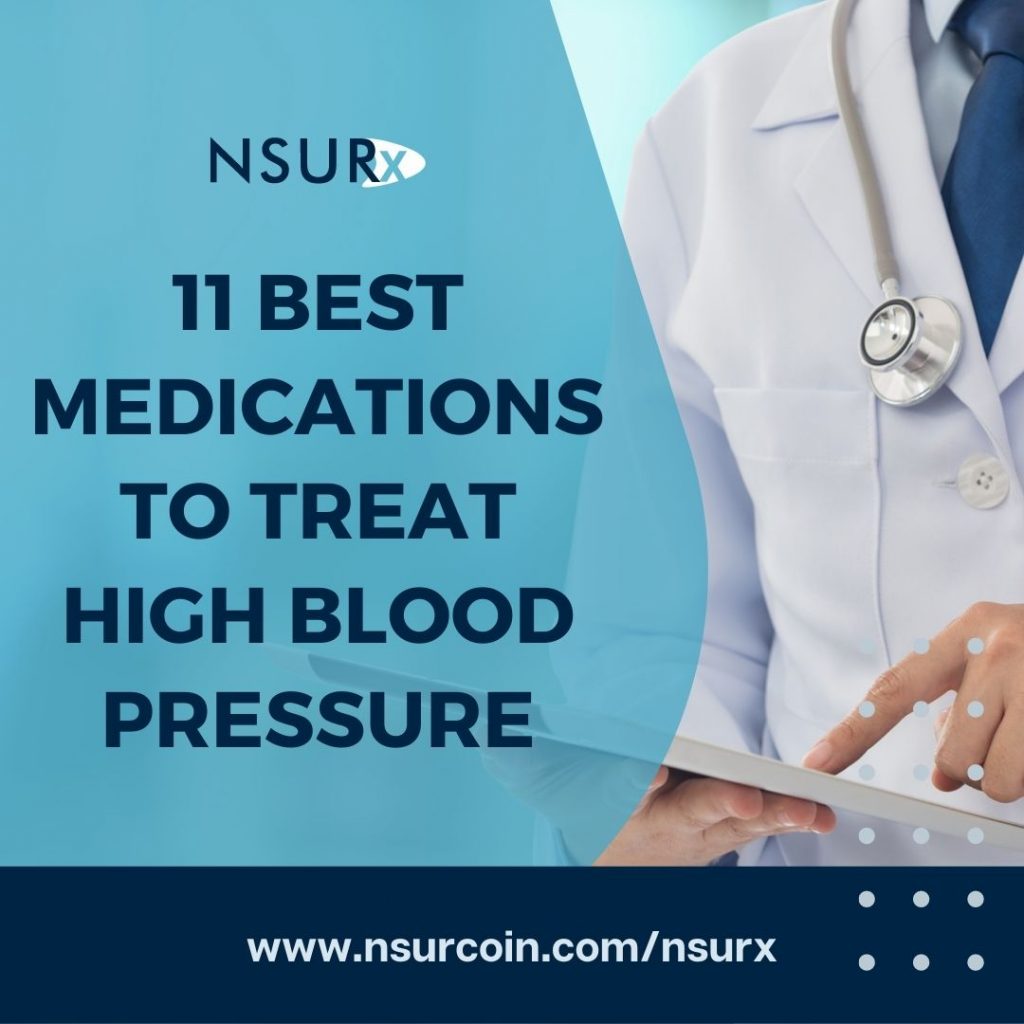
Looking for medicines that can lower your high blood pressure? Read more to find out.
High blood pressure, also known as hypertension, is characterized by blood pressure that is higher than normal. Your blood pressure fluctuates throughout the day as a result of your activities, but having blood pressure readings that are consistently higher than normal may lead to a diagnosis of high blood pressure.
By comparing your systolic and diastolic blood pressure levels to those found in certain guidelines, your health care team can diagnose high blood pressure and make treatment decisions.
Untreated high blood pressure can damage blood vessels and increase a person’s risk of having a variety of serious health issues, including heart attack, heart failure, stroke, and kidney disease. It also causes the heart to enlarge and weaken as a result of having to work so hard to circulate blood throughout the body. Early treatment of high blood pressure is critical in preventing these and other problems.
Risk factors for high blood pressure
When blood pressure is high, most people have no symptoms. People may get a headache or feel ill from time to time, but most do not associate these vague symptoms with their hearts.High blood pressure patients are also more likely to have high cholesterol, kidney and eye problems, and poor circulation in their legs and feet.
Causes of high blood pressure
High blood pressure can be caused by food, medicine, lifestyle, age, and genetics. Your doctor can assist you in determining what is causing yours. High blood pressure is commonly caused by the following factors:
- A high in salt diet
- Chronic diseases
- A family history of high blood pressure
- Lack of physical activity
- Old age
- Obesity
- Stress
- Alcoholism
But worry not, because there are a lot of medications that are used to treat high blood pressure. Visit your doctor and ask what medicine is good for you.
11 medications used to treat high blood pressure
1. Diuretics
Diuretics aid in the removal of excess sodium (salt) and water from the body, as well as the regulation of blood pressure. When taken in conjunction with other prescription medications, they are known as “combination therapy.”
2. Beta-blockers
Beta-blockers lower blood pressure by slowing the heart rate, reducing the workload of the heart, and increasing the amount of blood that the heart pumps.
3. ACE Inhibitors
Angiotensin-converting enzyme (ACE) inhibitors work by assisting the body in producing less angiotensin, which in turn helps the blood arteries relax and open up, resulting in lower blood pressure overall.
4. Angiotensin II receptor blockers
These medications inhibit the effects of angiotensin, a substance that causes artery narrowing. Angiotensin requires a receptor to fit into or interact with in order to constrict the blood vessel. ARBs inhibit the receptors, preventing angiotensin from constricting blood vessels. As a result, blood arteries remain open and blood pressure is decreased.
5. Calcium channel blockers
This medication keeps calcium from entering smooth muscle cells in the heart and arteries. Because calcium creates a stronger and harder contraction when it enters these cells, lowering the calcium causes the heart’s contraction to be less forceful. Calcium channel blockers relax and widen constricted blood arteries, lowering heart rate and blood pressure.
6. Alpha-blocker
These medications diminish artery resistance by relaxing the muscular tone of the arterial walls.
7. Alpha-2 receptor blockers
These medications lower blood pressure by lowering the activity of the sympathetic (adrenaline-producing) nervous system. Methyldopa is considered a first-line antihypertensive during pregnancy since harmful effects on the pregnant mother or growing fetus are uncommon.
8. Combined alpha and beta-blockers
Patients undergoing a hypertensive crisis are given a combination of alpha and beta-blockers through an IV drip. If the patient is at risk of heart failure, they may be ordered for outpatient high blood pressure treatment.
9. Central agonists
Central agonists also help to reduce the ability of blood vessels to tension or constrict. Central agonists use a different neural pathway than alpha and beta-blockers but provide the same blood pressure-lowering effect.
10. Peripheral adrenergic inhibitors
These drugs lower blood pressure by inhibiting neurotransmitters in the brain. This prevents the smooth muscles from constricting in response to the “message.” These medications are rarely used until other treatments have failed to help.
11. Vasodilators
Blood vessel dilators, also known as vasodilators, can relax the muscles in the walls of blood vessels (particularly the arterioles), allowing the vessel to dilate (widen). This permits blood to flow more freely.
Worried about how much blood pressure medications will cost? Find out how NSURx can reduce your prescription costs!
Use NSURx to save money on high blood pressure medications
NSURx is a discount card that can save you money on your high blood pressure prescription costs. When you show your NSURx card to your pharmacist, you could save up to 80% on your prescriptions. Billions have already been saved through this program.
Moreover, NSURx is accepted by more than 35,000 pharmacies, from Walgreens to Walmart, meaning there is a pharmacy near you where you can start saving money.
There is no limit on the number or type of prescriptions you fill with NSURx or the number of times you use your NSURx card to save.
Download your free NSURx card and start saving on your high blood pressure prescriptions immediately!
